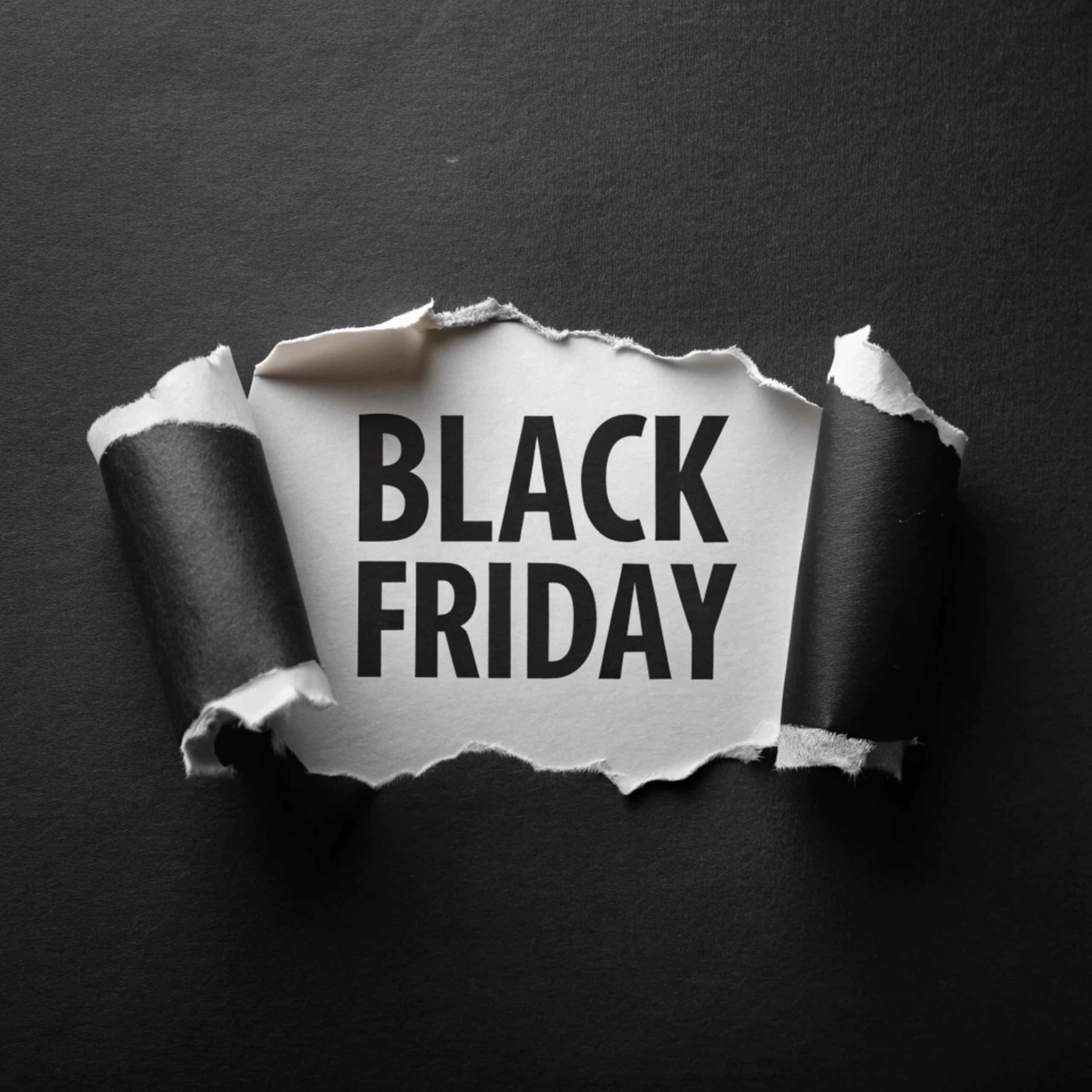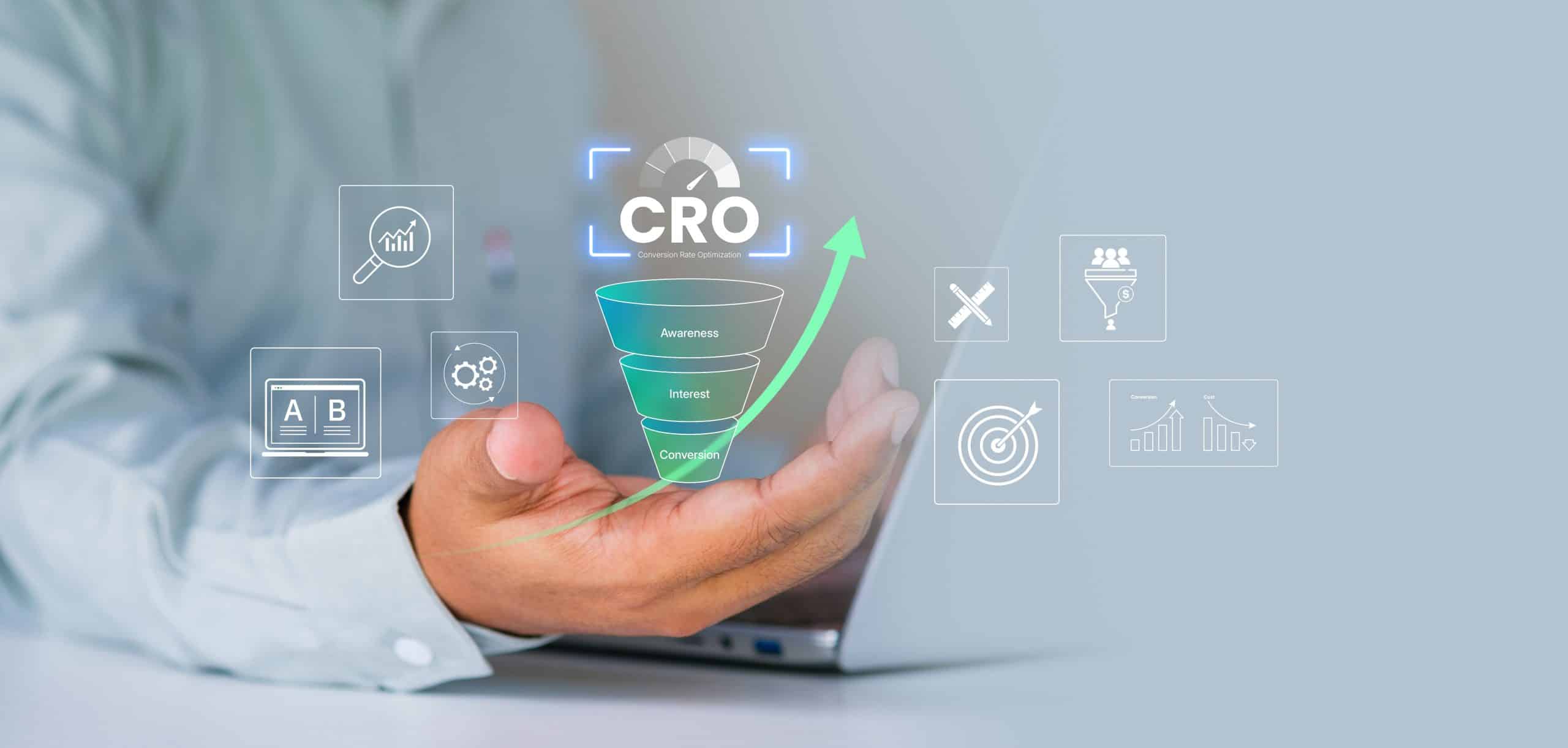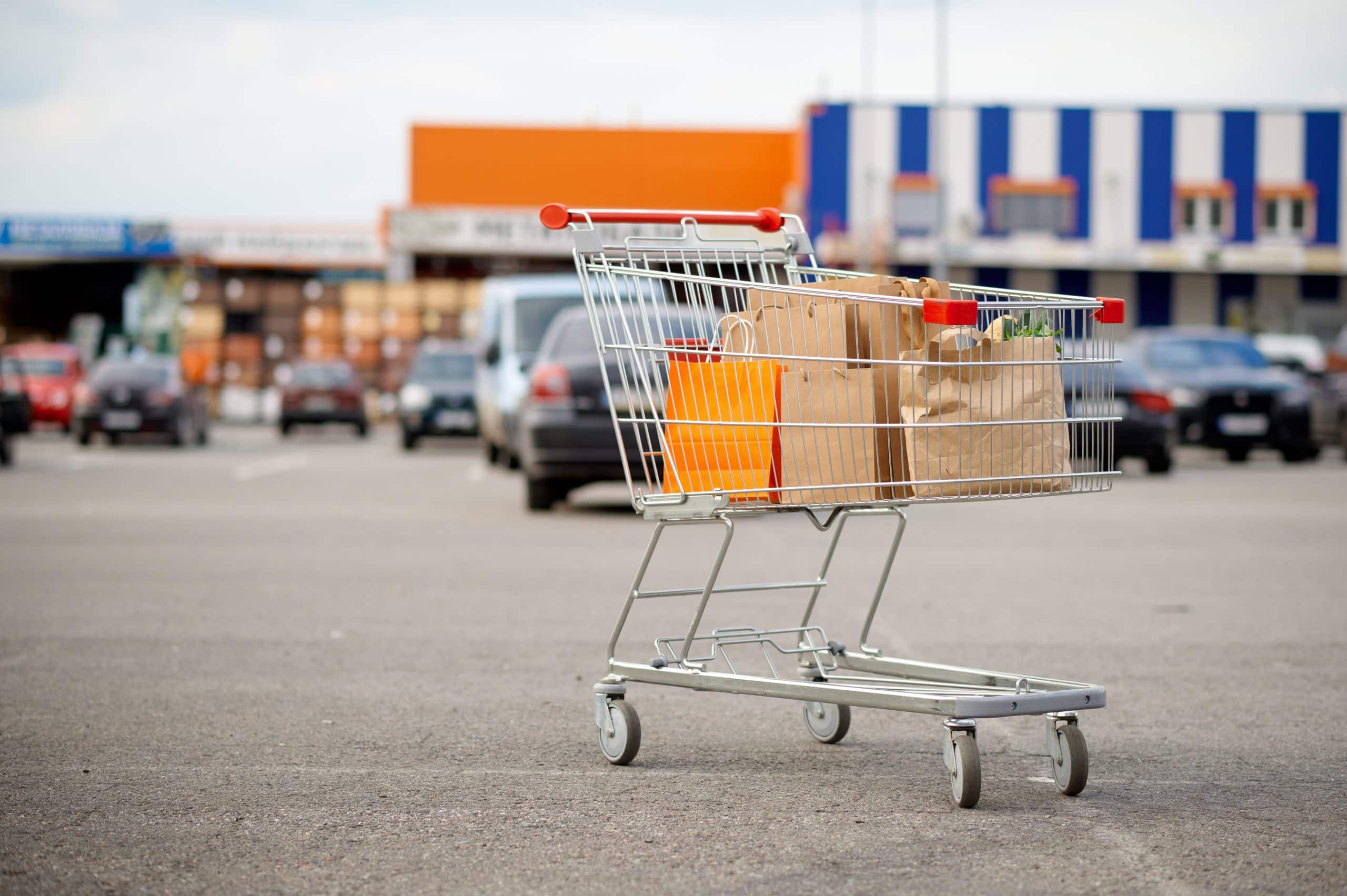- Best Ways to Promote Your Products on Black Friday
- 1. Start Early
- 2. Embrace the Power of Mobile (and Video!)
- 3. Leverage AI for Creative Variations and Audience Targeting
- 4. Offer Compelling Deals — Don’t Just Discount
- 5. Monitor Performance and Avoid Disruptions During Peak
- 6. Don’t Forget the Post-Purchase Experience
- Key Takeaways
- Frequently Asked Questions (FAQs)
As an advertising copywriter who’s been in the trenches for more than a few holiday seasons, I’ve learned a thing or two about cutting through the noise (and there’s a lot of it to cut through). It’s not just about slapping a “sale” sticker on everything: Black Friday nowadays is more about crafting a strategy that genuinely resonates with shoppers and drives conversions. Here are some insights on how to make your products shine when the biggest shopping day of the year rolls around — and it starts earlier than you might think.
Best Ways to Promote Your Products on Black Friday
Black Friday isn’t just a day anymore, it’s an entire phenomenon. This is the unofficial kickoff to the holiday shopping season, a high-traffic period where consumers are actively looking for deals. To truly get the most out of it, you can’t just react: You need to anticipate and strategize before it starts.
1. Start Early
My first, and maybe most important piece of advice: Don’t wait until Thanksgiving week to launch your big push. Consumers are becoming increasingly proactive, with nearly half of holiday shoppers planning to start before November. I’m one of those shoppers, too: Holiday gift-buying is stressful and time-consuming, and I want to check it off my list as early as possible. This means you need to be visible when people start their research and initial purchases. I’d advise you to begin your campaigns early, with a clear core strategy, at least five to seven days before the peak shopping days. This allows your campaigns to learn and optimize and, ultimately, hit your goals.
2. Embrace the Power of Mobile (and Video!)
Think about how you shop. As in, you, personally. Chances are, a good chunk of it is on your phone. It’s no different for your customers: Mobile accounts for 55% of holiday e-commerce, and mobile holiday revenue now outpaces desktop. All this to say, your ads absolutely need to be mobile-first. While you’re at it, don’t shy away from video, either — holiday-themed creatives, especially video, can boost conversion rates significantly, sometimes with up to 4.4x higher CVR than generic creatives. A quick, looping HD motion creative can grab attention far more effectively than a static image on a crowded feed.
3. Leverage AI for Creative Variations and Audience Targeting
The days of manually tweaking every ad variant are over, and honestly, they will not be missed. AI-driven creative variations are a game-changer and you should absolutely use them. From my perspective, this isn’t just a cool tech fad of the moment — it’s essential for optimizing performance at scale. Imagine being able to test dozens, even hundreds, of different headlines and images automatically to see what resonates best with different segments of your audience. That’s what leveraging AI can do.
This is also where a platform like Realize comes into play. Realize is built as a performance engine, specifically designed to drive prospecting and conversion outcomes on a cost-per-click (CPC) model. It taps into unique data and AI to help you reach high-value shoppers that go beyond your core audience through Predictive Audiences. This means you’re not just guessing, but using high-level methods to find people most likely to convert during that crucial peak season. It’s essential if you’re looking to boost your reach and conversions.
4. Offer Compelling Deals — Don’t Just Discount
Of course, everyone’s looking for deals on Black Friday, with about three out of four holiday shoppers on the hunt, especially when it comes to Gen Z. But, simply slashing prices isn’t really a strategy. Think about value propositions, bundles, limited-time offers, or even exclusive access. What makes your deal irresistible beyond just the percentage off? Consider how you frame these offers in your copy. Instead of, “25% Off,” try something more like, “Unlock Massive Savings,” or, “Your Holiday Haul Starts Here.” Don’t be afraid to have fun and get clever with it, too — a unique bit of funny or smart copy is a breath of fresh air for customers who’ve been looking at offers all day.
5. Monitor Performance and Avoid Disruptions During Peak
Once your campaigns are live and performing, aim for stability and continuous optimization, and try to avoid major changes during these peak days. Tinkering with targeting or bidding settings during this critical window can actually re-trigger the learning phase for your campaigns, potentially hurting performance. Instead, focus on monitoring your creative. Keep four to six creatives in rotation, and be ready to pause any underperforming ones quickly. It’s about fine-tuning, not overhauling.
6. Don’t Forget the Post-Purchase Experience
Black Friday is about acquisition, but the holiday season is about retention, so ensure your post-purchase messaging is on point: Thank them, offer complementary products, and pave the way for future engagement. A good Black Friday haul sets the stage for a loyal customer base throughout the year.
Key Takeaways
Begin your Black Friday promotional efforts well before November to capture early shoppers. Optimize all creatives and campaigns for mobile, leverage high-quality video, and utilize AI-driven solutions to optimize creative variations and target high-value audiences effectively. Maintain campaign stability during peak times, focusing on creative performance optimization rather than major structural changes.
Frequently Asked Questions (FAQs)
What is Black Friday busiest for?
Black Friday is primarily busiest for retail foot traffic, and is still the most popular day for both in-store and online shopping. Specifically, consumer electronics and cell phone stores often see their traffic peak. It’s also emerged as the top digital shopping day overall.
What is the biggest sale after Black Friday?
Cyber Monday is widely considered the biggest sale event immediately following Black Friday. It began as an online counterpart to Black Friday’s in-store focus, but has since grown to be equally, if not more, significant in terms of online sales. Other notable post-Black Friday sales events globally include Singles Day (China’s largest shopping day), Small Business Saturday, and Green Monday.
How much money does the average shopper spend on Black Friday?
In 2024, the average Black Friday shopper was estimated to spend approximately $674. During the broader Cyber Week period (Thanksgiving through Cyber Monday), global online shoppers spent a collective $314.9 billion. For U.S. shoppers specifically, online spending reached $10.8 billion on Black Friday and $13.3 billion on Cyber Monday in 2024.



